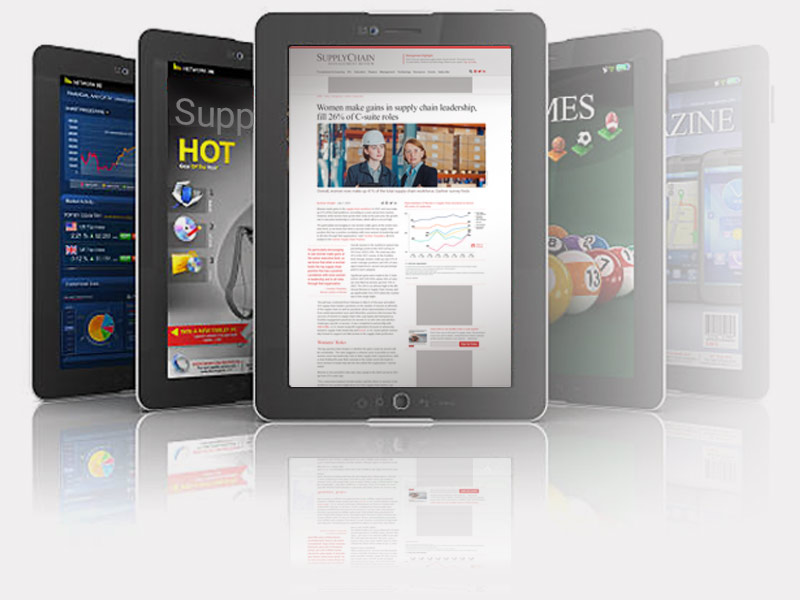U.S. companies made only marginal improvements in their ability to collect from customers and pay suppliers in 2013, while showing no improvement in how well they managed inventory, according to the 16th annual working capital survey from REL a division of the Hackett Group, Inc.
“For inventory, the global marketplace has made issues like demand planning more important than ever before,” says Analisa DeHaro, Associate Principal for REL, a division of The Hackett Group. “Companies need to factor in lead times that may not have been an issue when manufacturing was done closer to home. The best companies are becoming more savvy about this, and are more effectively balancing the various elements of inventory management.”
The amount tied up in excess working capital at nearly 1000 of the largest public companies in the U.S. is over a trillion dollars, according to the REL research.
With the U.S. economy slow but stable, gross domestic product increased by 3.2 percent in 2013. But at the same time, the REL/CFO research found that gross margins decreased by 0.3 percent, indicating that companies are spending more internally to generate revenue.
The research also found that companies are continuing to borrow, using low interest rates to improve their cash position, with cash on hand increasing by 12 percent, or $110 billion. At the same time companies continued to ramp up capital expenditures, which have risen by 43 percent over the past three years.
The value of total net working capital rose by 3.2 percent in 2013, and days working capital improved by less than 1 percent. While days sales outstanding and days payable outstanding improved only slightly, Days inventory on hand showed no change at all.
“We’re clearly not seeing a big push on improving inventory performance right now,” says Craig Bailey, director of The Hackett Group. “That’s being driven by a few things. With low interest rates, it doesn’t cost as much to hold inventory, so service and availability become the drivers. In some industries, there’s also an expectation of an upturn in the market, which is leading companies to stockpile inventory.”
According to Bailey, some offshoring trends are also working against inventory improvements.
“As the cost of manufacturing in China continues to increase, companies are moving West within China, or relocating to Vietnam or other countries to find markets where infrastructure and labor costs are lower,” he says. “To facilitate moves like these, companies will commonly build inventory, to allow production to ramp up, and as a fallback in case of startup issues, which are common.”
SC
MR

More Finance
- Uber Freight’s Val Marchevsky to deliver Keynote at NextGen Supply Chain Conference
- Last call for speaker abstracts, award submissions for NextGen Supply Chain Conference
- Services sector growth continues in April, reports ISM
- ProMat 2025 show wrap up
- Nature and supply chain innovation
- April manufacturing output heads down, for second straight month, reports ISM
- More Finance
Latest Resources

 Explore
Explore
Business Management News
- C.H. Robinson rolls out AI agent to address LTL classification overhaul
- Danone latest to announce new US investment
- From flight decks to fulfillment: A veteran’s supply chain journey
- Employee versus enterprise AI adoption
- Uber Freight’s Val Marchevsky to deliver Keynote at NextGen Supply Chain Conference
- Unlocking the green grid: Innovations for eco-friendly last mile
- More Business Management
Latest Business Management Resources

Subscribe

Supply Chain Management Review delivers the best industry content.

Editors’ Picks





